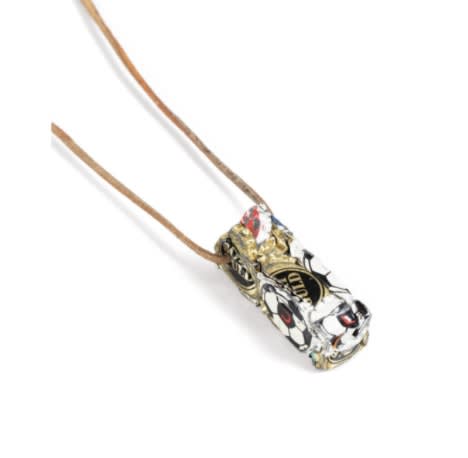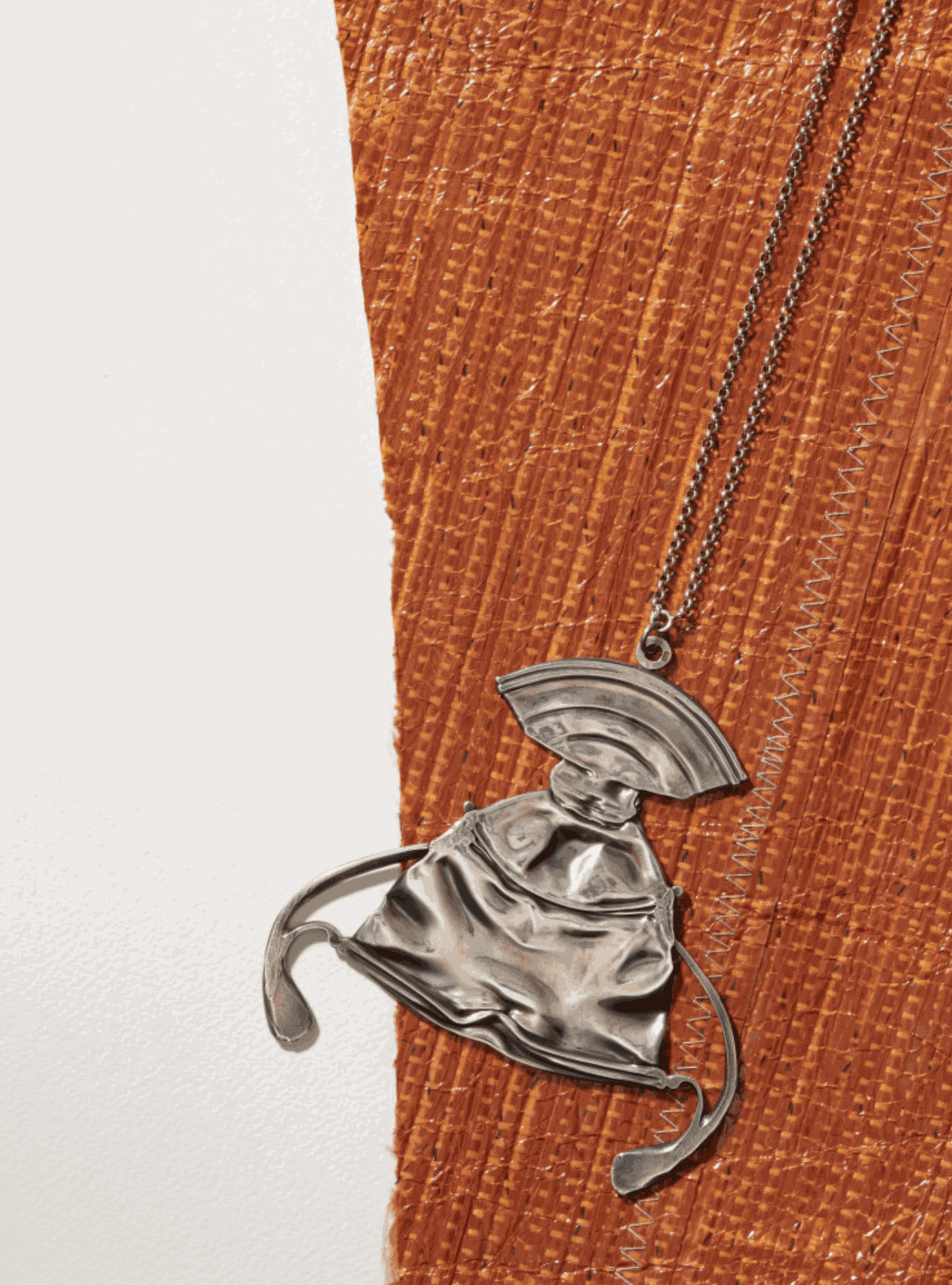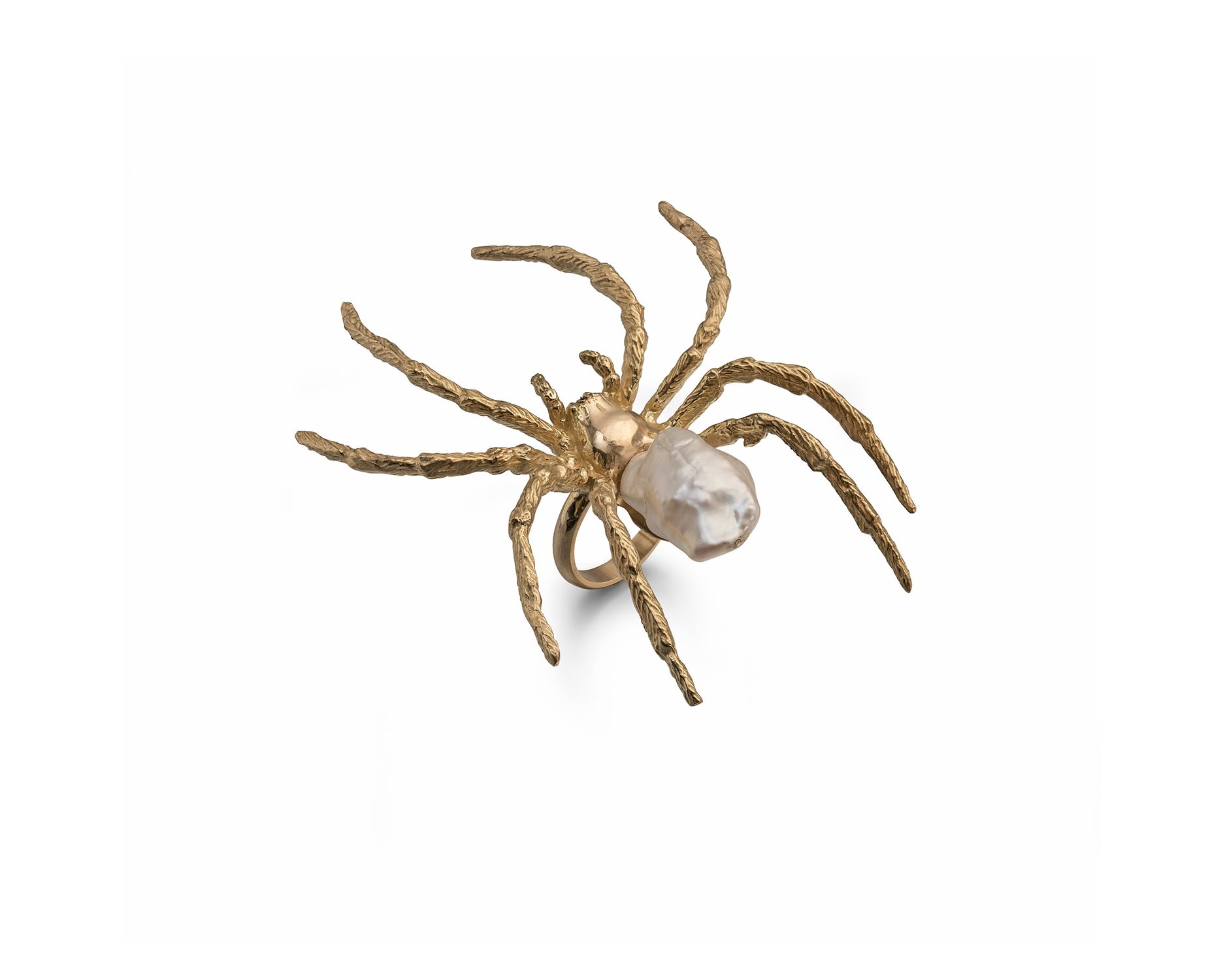We are pleased to present our new exhibition, Death & Decay, a curated selection of works by our gallery artists whose jewels speak to cycles of death and rebirth. Influence varies for each artist but at their core each jewel reminds us of our connection to the natural world.
This exhibition is on view, physically, at our gallery and online from 18th of January until the 25th of February.
DEATH & DECAY
Death art images are rooted in uncertainty and the desire to understand the full circle of life and are decisive forms which show us how each period of human history perceived death and as a result reflected upon a life itself.
The more traditional and recognizable representations of death, often derive from the medieval period. Common in medieval funerary art, works frequently included symbols such as skulls, decaying flowers, bubbles, hourglasses, musical instruments, and watches. Each of these carried various allegorical and symbolic meanings: a skull was a reminder of the certainty of death, the rotten fruit represented decay, while bubbles stood for the suddenness of death and fragility of life.
Inspired by organic forms, Death and Decay showcases the work of gallery artists whose jewels speak to cycles of death and rebirth. Influence varies for each artist but at their core each jewel reminds us of our connection to the natural world. The exhibition looks closely at the way contemporary Western artists negotiate death, both in a choice of signifiers and decisive forms and their take on the transience of existence and contemporary culture.
 Gavin Turk, Ten Commandments, Apple Core (Fixed Stalk), 2014, 18k gold, garnet pip, suspensory loop on stalk with gold chain and leather case. Incised with the artist's signature, numbered & hallmarked; 4.8 x 1.6 x 1.7 cm; Chain length: 60 cm; 30 g. Edition of 8 + 2 AP in collaboration with Louisa Guinness.
Gavin Turk, Ten Commandments, Apple Core (Fixed Stalk), 2014, 18k gold, garnet pip, suspensory loop on stalk with gold chain and leather case. Incised with the artist's signature, numbered & hallmarked; 4.8 x 1.6 x 1.7 cm; Chain length: 60 cm; 30 g. Edition of 8 + 2 AP in collaboration with Louisa Guinness.
For British artist Gavin Turk (b. 1967), the essence of his work does not rely upon his own capacity to find the aesthetic virtues of the recycled Art-Historical Icon and the use of everyday items. Turk’s practice is deeply concerned with the myth of the artist and the authorship of a work. The ordinary can be easily found in his work, as Turk is well known for finding beauty in the transient objects most of us simply discard.
Turk’s ‘Ten Commandments Apple Core’ pendant follows an organic motif of the fruit as well as follows his trademark of elevating the ordinary and discarded to the precious and valued. In 18k gold and silver, he balances the precious medium with the strong contrast of his partially eaten subject. Similarly, the resin cast cufflinks of the artist’s masticated chewing gum, were a project made in collaboration with Turk’s late father. Turk’s cufflinks explore the beauty and significance of a familiar and mundane as well as suggests a new contemporary signifier by representing a disposable and decomposing object.

César, Compression Pendant, c. 1990, Compressed Bottle Caps, SIGNED BY THE ARTIST; 6 x 2 x 2 cm. unique piece
Among other artists that further explores the discard, the exhibition showcases Marseille born César Baldaccini (1921 - 1998), known for creating his compression sculptures. The artist radically compressed a wide variety of items, from automobiles to discarded metal and rubbish with a hydraulic compactor. His ‘Compressed Bottle Caps’ pendant displays the artist’s pattern of working with found objects and changing their essence by crushing them into contained solid column. Resembling small totem poles, the repurposed Compression Pendants were thoroughly produced by César in collaboration with Pascal Morabito, the famous jeweller designer and goldsmith in the early seventies.

Cornelia Parker, Fallen Trophy Fallen Trophy, Medium Pendant, 2011. Silver with suspensory loop on top and chain. Pendant: 10.5 x 12.0 x 0.2cm, chain: 68 cm, 80 g. Unique piece in collaboration with Louisa Guinness.
Similarly, an English sculptor and installation artist Cornelia Parker (b. 1956), in the ‘Fallen Trophy’ pendant series Parker harkens back to childhood and the process of crushing coins on railway tracks. Erasing their intended use, she juxtaposes the value of silver with its flattened fate, thus changing their meaning, visibility and worth.

Claude Lalanne, Fuschia Necklace, 2011, galvanised copper, signed 'Lalanne', choker: 13.1 x 12.7 cm; pod and leaf: 89.2 x 16.6 x 2.0 cm; 94 grams. Unique
One the running threads between the works displayed at the Death and Decay exhibition is that an organic form is either naturally or intentionally changed to be given a new existence and immortalised in alternate form. Much of Claude Lalanne’s (1925-2019) success in both sculpture and jewellery can be attributed in part to her mastery of electroplating. This process allows the complete transformation of organic material into copper by running a current through a bath of copper sulphate.
Squashed frog pendants, crow’s claw earrings and rat’s bone bracelets are among Tim Noble & Sue Webster’s jewellery practice (b. 1966 & 1967). The list of pieces reads like the contents of a wizard’s cauldron. Taxidermy is a familiar feature of the artists’ work, associated particularly with their infamous shadow portraits, in which a spotlight throws unexpected shadow forms beyond the physical artwork of clustered, messy objects.
The combination of precious metals and taxidermy was inspired by the duo’s 2009 visit to Egypt. The Ancient Egyptians believed that gods could take animal form. Indeed, they bred animals specifically for mummification, which they then sold to pilgrims. Mummified in precious metal, the subjects of Tim Noble and Sue Webster’s jewellery nod to ancient Egyptian talismans and lavish burial chambers. As with all of the artists’ work, these striking objects simultaneously represent an examination of contemporary culture. A climbing mummified frog hung round the neck, or a vulture claw rising from a finger, are humorous reflections on fashion, art and adornment.
Webster’s most recent jewellery works, featured on this exhibition, were conceived as spider shaped jewels that chase each other around the body, her series balances Webster’s core punk sensibility with the domesticity of her surroundings - at home on a neck or scurrying on a shelf. The spider motif is furthered with a spider ring by an American artist Rob Wynne (b. 1950) that resulted through the collaboration with Louisa Guinness. Wynne pushes the boundaries of kitsch and beauty, sappiness and profundity.

Rob Wynne, LOUISE Ring, 2014.18k gold, pearl and two ruby eyes. Diameter: 7.0 cm. Edition of 10 + 1 AP
Macabre elements as climbing mummified frogs hung round the neck, or a vulture claw rising from a finger, are humorous reflections and take on death in fashion, art and adornment.
If you are interested in artist jewellery from Death and Decay, please get in touch with us by email or at +44 (0)207 494 4664.






